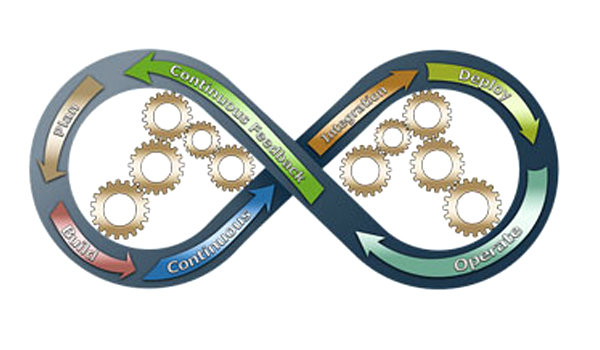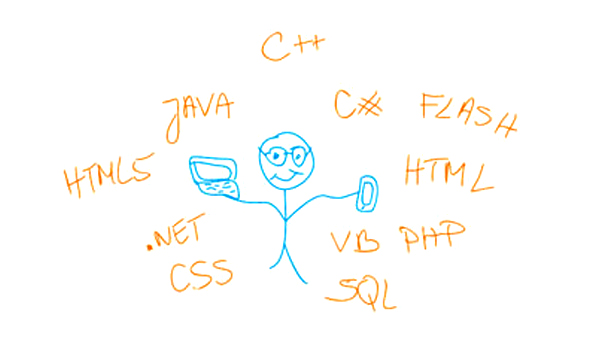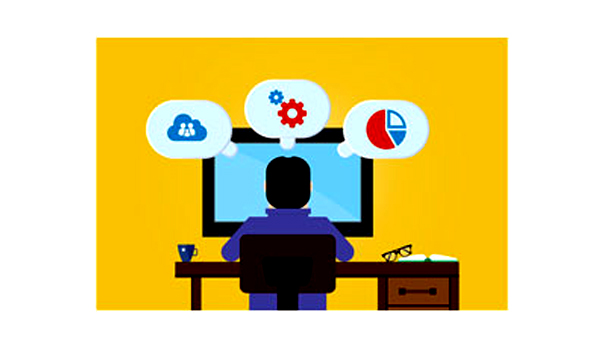Find Best IT Management Software for Your Business
We help you find the right IT Management Software for your business.

Browse Popular IT Management Software
Up-to-date listing of IT Management Software to assist you throughout your software selection and purchase journey.
IT Management Software
Explore best IT Management Software for your business.
IT Management Software:
IT Management Software is a software that is used to control and monitor computer networks, including operating systems, applications, network devices, security measures, mainframes, access control systems, web services, and databases.
Real time threat detection and analysis can be done by using IT Management Software. Disparate events happening across your network can be correlated. It also has a built-in threat intelligence and incident management platform.
Features and Benefits of IT Management Software:
The IT Management Software has several features that can benefit the user in many ways to grow their business. Some of these include:
- Businesses are allowed to unify software projects, automate simple tasks, and manage project collaboration.
- The software development process can be increased.
- Complex tasks like creating online help systems, building mobile applications, and developing multi-platform games can be completed by performing specific function by the software.
- Work can be tracked across the enterprise through an open, collaborative platform.
- Issues can be linked across the software and data can be ingested from other software development tools, so that your IT support and operations teams have richer contextual information to rapidly respond to requests, incidents, and changes.
- More customer impact can be delivered while managing risk.
- Critical development work can be accelerated, toil can be eliminated, and changes can be deployed with ease, with a complete audit trail for every change.
- Work can be managed across teams with one platform so your employees and customers quickly get the help they need.
- Incoming work can be streamlined by showcasing services through a simple, intuitive portal that makes it easy for your employees and customers to get help quickly, and for your teams.
- Requests from email, chat tools, your service desk, and other channels can be brought together. Queues can be configured to track, triage, and assign incoming requests.
- Bulk ticket actions and machine learning can be used to group similar tickets and make it easy to categorize service requests, incidents, problems, and changes.
- Employees can find answers to common questions using a self-service portal.
- SLA policies can be set as needed to keep track of deadlines based on elapsed time or request categories. Requests can be resolved based on priorities, and automated escalation rules can be used to notify the right team members and prevent SLA breaches.
- You can dive into customer satisfaction reports to better understand your customers and improve service with a simple, built-in tool for collecting feedback. Your team's work can be monitored and optimized with slick new reports and dashboards.
- Context switching and information gaps can be reduced for employees and agents.
- Alerts can be centralized and filtered across all your monitoring, logging, and CI/CD tools to ensure your teams respond to issues quickly while avoiding alert fatigue. On-call schedules, routing rules, and escalation policies can be customized to handle alerts differently based on their source and urgency.
- Major incidents can be escalated prompting the right Dev and Ops teams to immediately swarm and begin resolution. Chat channels can be created and video conferencing can be set up to accelerate collaboration and automatically record all actions with a rich incident timeline. Automation can be used to rapidly investigate and remediate incidents.
- Support tickets can be linked directly to major incidents empowering agents to see status changes in real time. Stakeholders can be kept aware of updates using multiple notification channels, including SMS, email, and mobile push. Status information can be shared with both internal and external users.
- All incident response activities can be tracked and analyzed. Areas of success and opportunities to improve can be identified. Templates can be used to easily create and post-mortem reports, along with associated incident timelines can be exported to the integrated tool so that you can continue to collaborate with Development, Operations, and other business stakeholders to track follow-on actions, and avoid similar incidents in the future.





